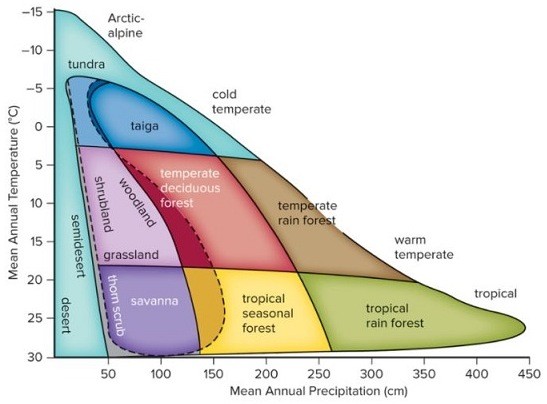Do you agree with the practice of using PGD to select for gender or for genetic disabilities present in the parents (for example, deafness and dwarfism)? Why or why not? Should there be legal restrictions on PGD in the US? Why or why not?
What will be an ideal response?
Background:
Some countries, including Great Britain, now permit PGD screening for breast and ovarian cancer, two genetic diseases with less than a 100% chance of occurrence. Other nations have laws against using PGD for sex selection or for screening embryos to be donors unless they are also screened to avoid a genetic disorder, but the United States has no such restrictions.
Perhaps the most controversial use of PGD is the selection of embryos with conditions that most people would consider disabilities. One survey reported that a small percentage of clinics used PGD to select embryos that would result in deaf children or children with dwarfism. This procedure allows parents to have children who have the same physical attributes they have, but the ethics of this practice are still being debated.
You might also like to view...
Research on speciation of Hawaiian crickets, shown in the accompanying figure, has led researchers to conclude that ________
A) these cricket species have diverged by a mechanism known as assortative mating B) females of different species have strong preferences for the singing pulse rate of the males of their own species C) female preference for male singing pulse rate is genetically linked to the combination of genes regulating the singing pulse rate of males D) All of the above are accurate.
What kind of bond holds two water molecules to each other?
A) hydrogen bonds B) ionic bonds C) nonpolar covalent bonds D) polar covalent bonds
In a healthy cell, the rate of DNA repair is equal to the rate of DNA mutation. When the rate of repair lags behind the rate of mutation, what is a possible fate of the cell?
A) The cell can be transformed to a cancerous cell. B) RNA may be used instead of DNA as inheritance material. C) The cell will become embryonic. D) DNA synthesis will continue by a new mechanism.
As the average global temperature continues to increase, which type of biome(s) will take over the regions currently inhabited by temperate forests?
A. tropical rain forests and deserts B. tundra and savannas C. taiga and woodlands D. tropical seasonal forests and deserts E. tropical seasonal forests